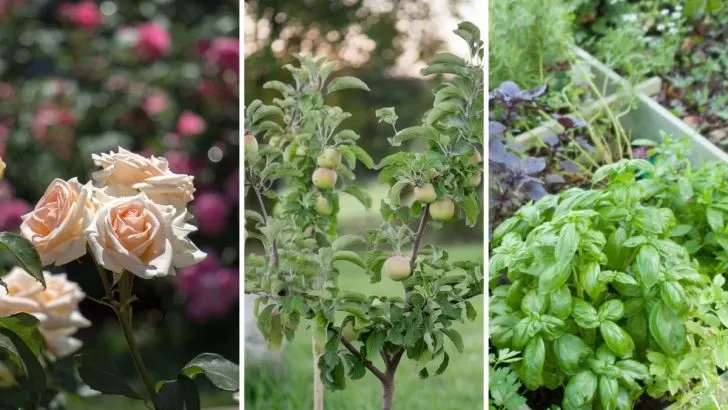As the crisp autumn air sets in, it’s crucial to prepare your garden for the impending winter. Winterizing your plants might sound as thrilling as watching paint dry, but think of it as tucking your cherished perennials into a cozy blanket, shielding them from frosty harm.
While not every plant requires a winter coat, the more delicate varieties certainly do. Neglecting this simple ritual could leave you sobbing over wilted blooms come springtime.
So why exactly should you winterize? Imagine your garden as a bustling metropolis, full of green, leafy citizens. During the winter, Jack Frost strolls in with his icy fingers, ready to wreak havoc.
Some plants, like seasoned city dwellers, can withstand his chilly antics, but others need a protective barrier. By acting in the fall before frost coats your garden, you’re ensuring a thriving, vibrant spring revival.
Winterizing may seem like an added chore in your already hectic life, but trust me, it’s worth the effort. Instead of mourning the loss of your garden’s vitality, embrace this as a seasonal tradition. Choose plants that naturally withstand the cold in your USDA hardiness zone, minimizing your workload.
1. Young Trees: The Tender Giants
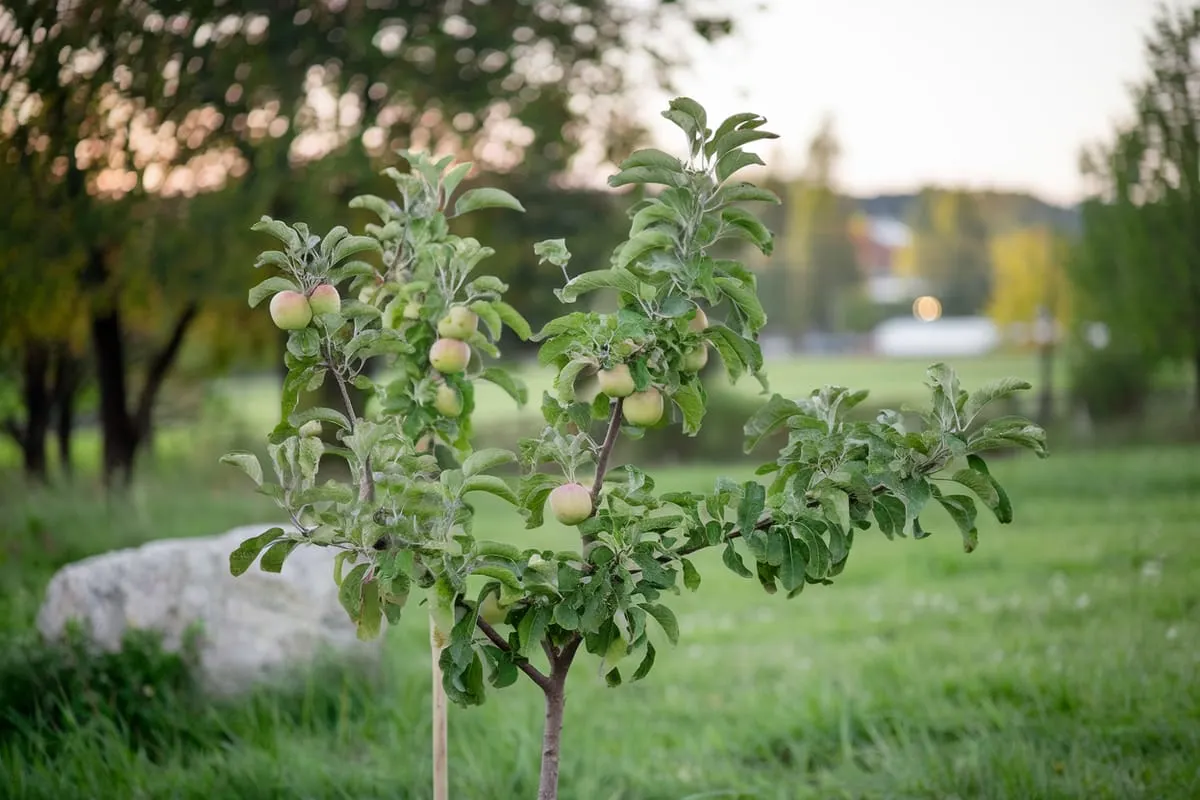
Young trees, especially fruit trees, are like the toddlers of your garden—full of potential but requiring extra protection against the winter chill.
Before the frost starts its dance across your lawn, ensure you’ve wrapped these younglings snugly. Avoid pruning during this time, as tempting as a trim might be. New growth is like a neon sign to the cold, saying, “Attack here!”
To safeguard your budding giants, wrap their lower trunks. This prevents deer, voles, and other critters from having a winter feast on your tree bark and protects against those freezing and thawing cycles.
Consider building a protective fortress around their trunks with stakes and wrap with burlap, or create a chicken wire wall filled with leaves, giving them a cozy sanctuary.
By treating your young trees with a bit of foresight and fabric, you set them up for a healthy, vigorous growth spurt once warmth returns, making them the envy of your garden next year.
2. Roses: The Drama Queens of the Garden
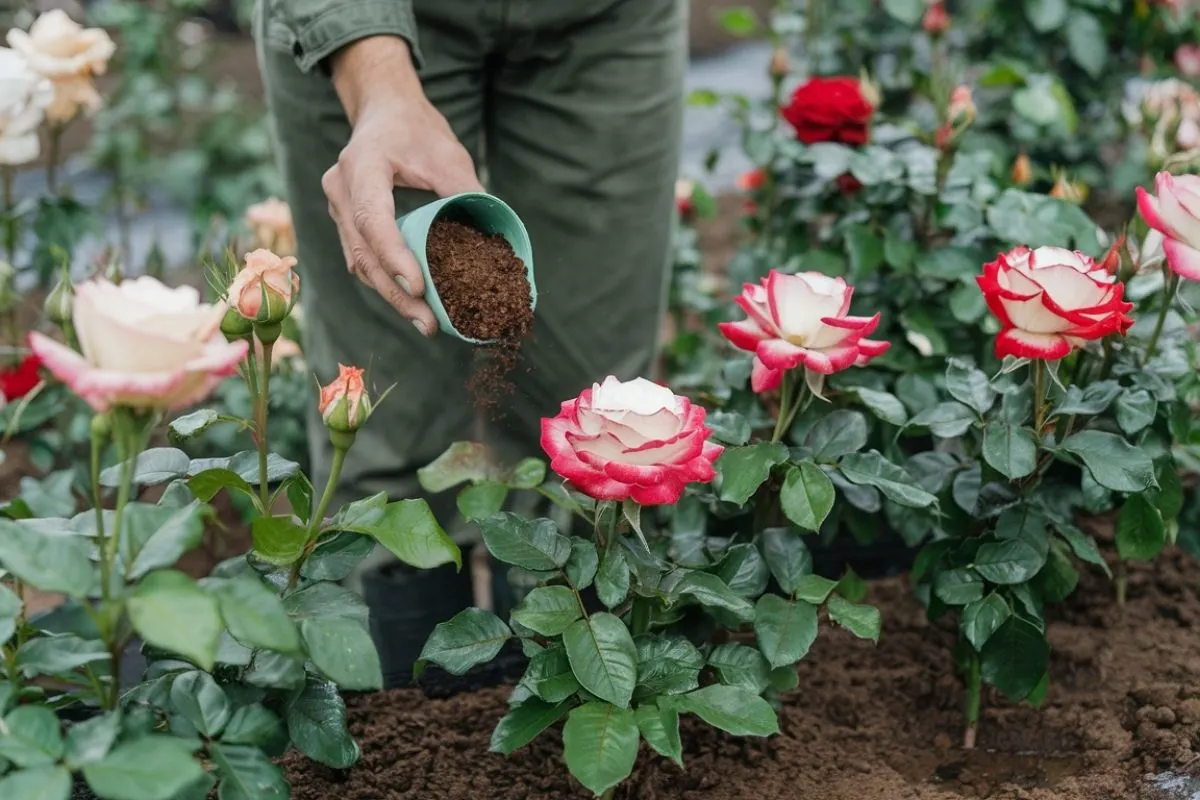
Ah, roses! The showstoppers, the divas! These beauties need their fair share of pampering to withstand the winter freeze. Before Jack Frost waltzes onto your garden stage, give your roses the royal treatment.
Continue to hydrate them, but cease fertilizing six weeks prior to your area’s average first frost—think of it as a gentle detox before their seasonal slumber.
As the frost makes its debut, generously mulch around your rose bushes, reaching up to the swollen joint where the rootstock meets the main stem.
For those petite rose bushes braving harsher climates, encircle them with chicken wire or make a leafy comfort nest. And if you’re nurturing climbing roses, gently lay them down and cover with mulch—their beauty demands it!
By the time spring rolls in, your roses will be ready to bloom dramatically, awash in color, fragrance, and maybe even a touch of gratitude for your efforts.
3. Hardy Vegetables: The Winter Warriors
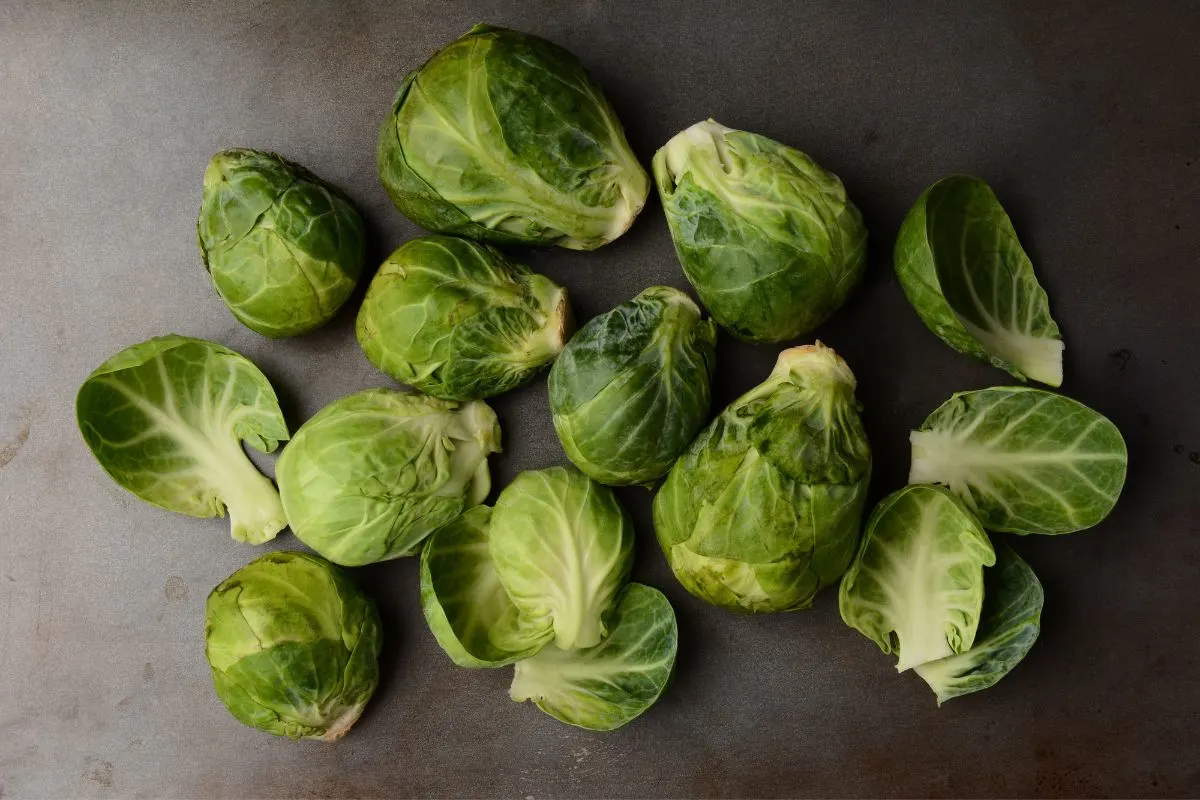
When it comes to vegetables, not all are created equal in their ability to withstand winter’s wrath. Your tender, sun-loving veggies like tomatoes, peppers, peas, and zucchinis will sadly bow out as winter takes the stage.
Yet, there exists a league of winter warriors—hardy vegetables—that bravely soldier on through the cold, and taste even better for it!
Brussels sprouts, for instance, are the superheroes of your garden. Bury them in leaves, straw, or mulch, and delight in harvesting them all winter long. Employ row covers for semi-hardy soldiers like leeks, cauliflower, and kohlrabi.
Though they may not withstand repeated exposure, a row cover can extend their harvest life, much like a sturdy umbrella in a drizzle.
Your sweet root veggies? Let them bask in the cold kiss of frost, making them sweeter and extending your harvest until the ground itself freezes. With this strategy, you turn your garden into a year-round pantry of fresh produce.
4. Herbs: The Flavorful Survivors
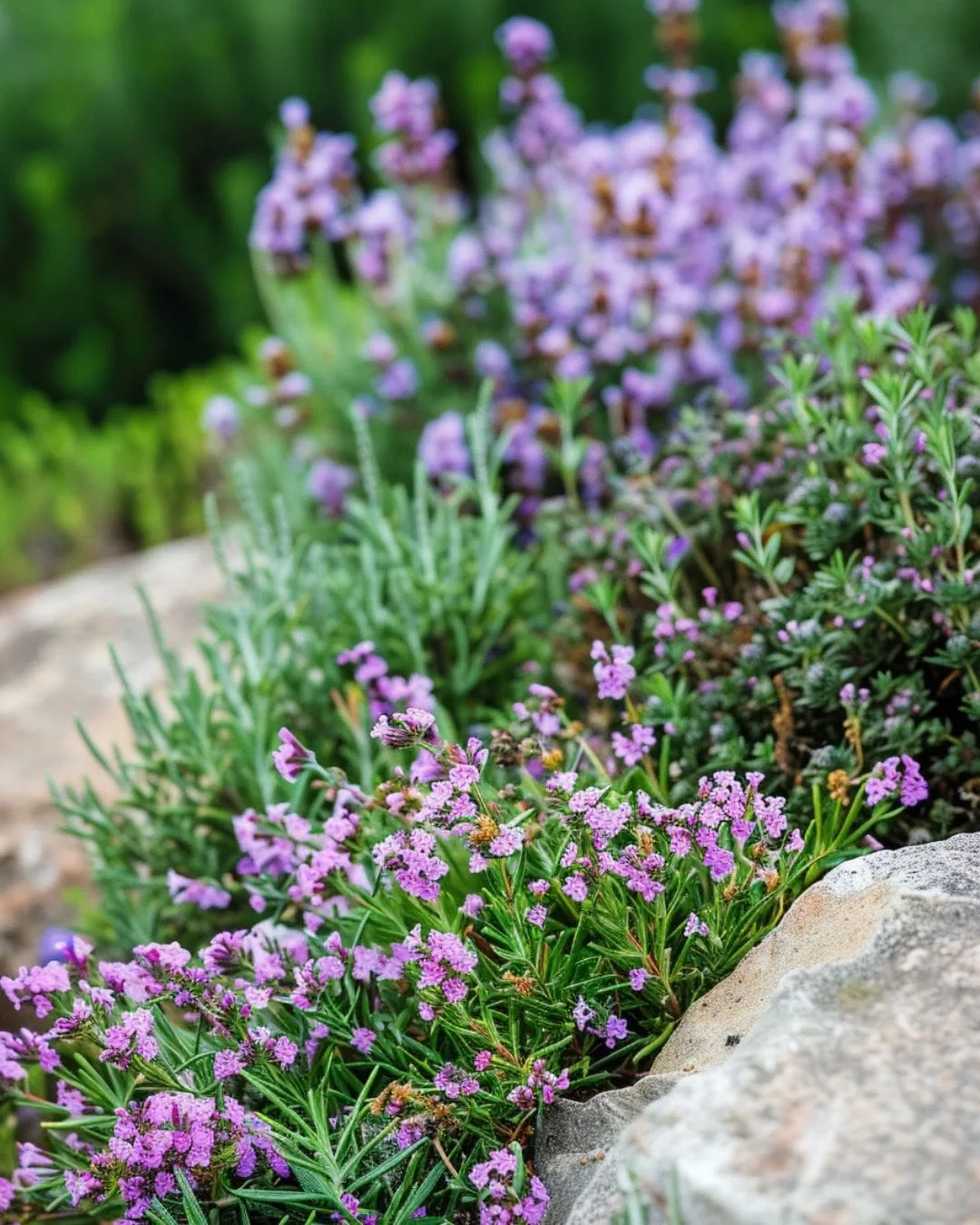
Herbs often surprise by shrugging off a few frosts; many survive just fine with minimal fuss. However, frail varieties like basil will perish, so consider harvesting it before the first frost or moving the plant indoors to bask in indoor warmth. With a little planning, your herbs can continue to flavor your dishes all winter long.
Overwintering herbs like rosemary, oregano, and parsley demands a simple touch of care. On nights when frost sneaks in, cover them with a light bed sheet, plant covers, or row covers. Parsley, in particular, is a sturdy contender, often surviving frosts without complaint.
By protecting these aromatic delights, you’re ensuring a kitchen brimming with fresh herbs, even as snow blankets the world outside. It’s like having a little slice of summer all year round.
5. Berries: The Luscious Rewards

Berries and small fruits require some winter love for a bountiful yield next season. Mulch your strawberry plants, ensuring they remain covered until thawing temperatures are confident and stable. Exposing them too soon invites cold damage—a berry bummer!
Prune raspberry and blackberry canes in the fall to encourage new growth and reduce cold damage. For blueberries, a cozy mulch blanket insulates their roots, while younger bushes benefit from a burlap wrap in colder zones.
Grapes may be hardy, but tender varieties should be snugly tucked under soil and mulch like treasure awaiting discovery.
By winterizing your berries, you’re not just protecting your plants; you’re cultivating the promise of juicy, sweet harvests ready to burst into your morning cereal or cobbler next year.
6. Shallow-Rooted Perennials: The Delicate Groundhuggers
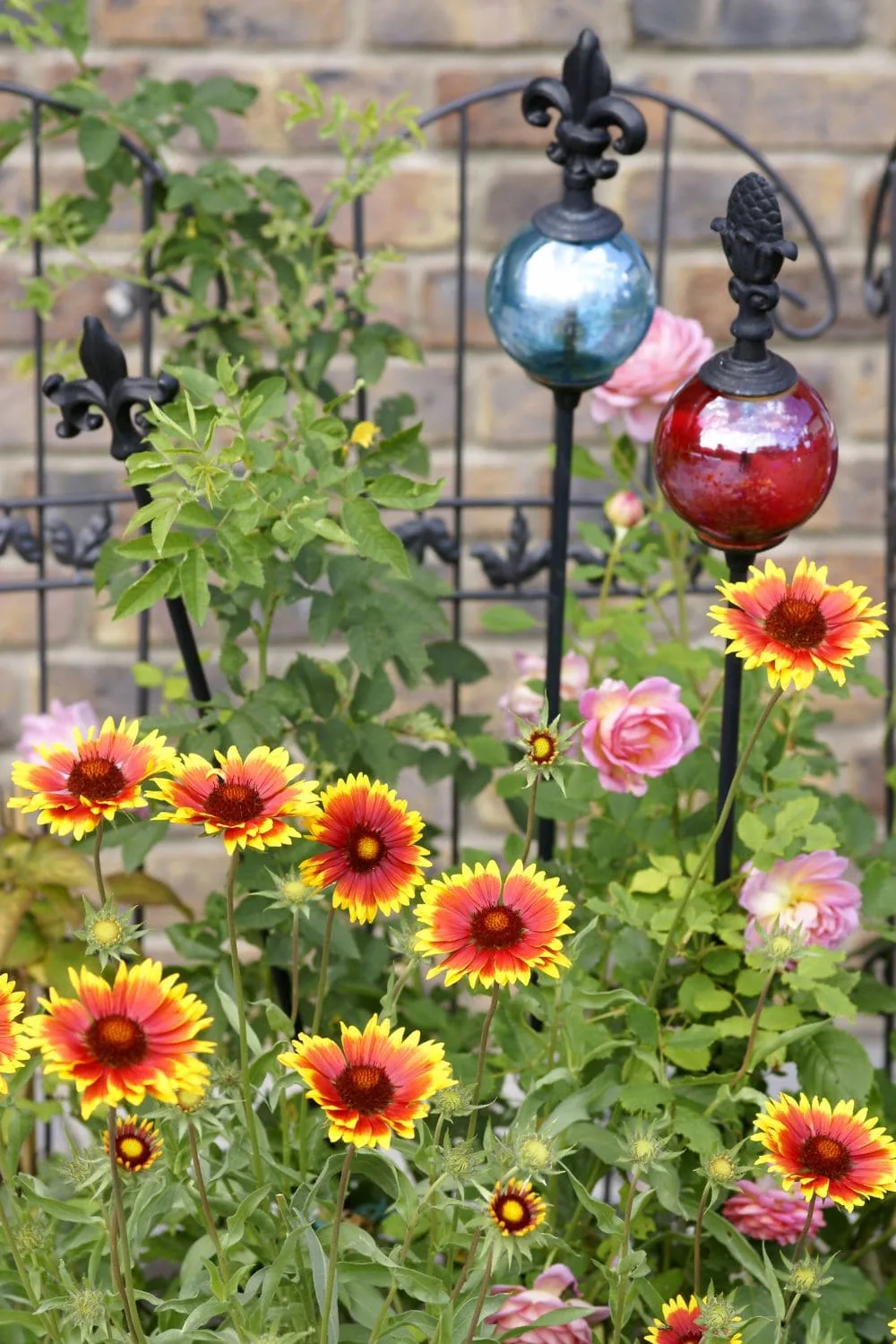
Perennials are hardy garden inhabitants, but those with shallow roots need extra attention to avoid frost heaving. These plants are sensitive to temperature swings, where the soil expands and contracts, pushing the plant roots upwards—a literal upheaval!
Mulch generously around these groundhuggers, to a depth of four inches, to provide a barrier against this frost-induced gymnastics. Ensuring well-drained soil is also key, as soggy earth is more prone to pesky freeze-thaw cycles.
With a little mulch love, coral bells, coreopsis, blanket flowers, and others can hold their ground, standing resiliently against the winter’s whims and welcoming spring with open leaves.
7. Tropical Plants: The Exotic Guests
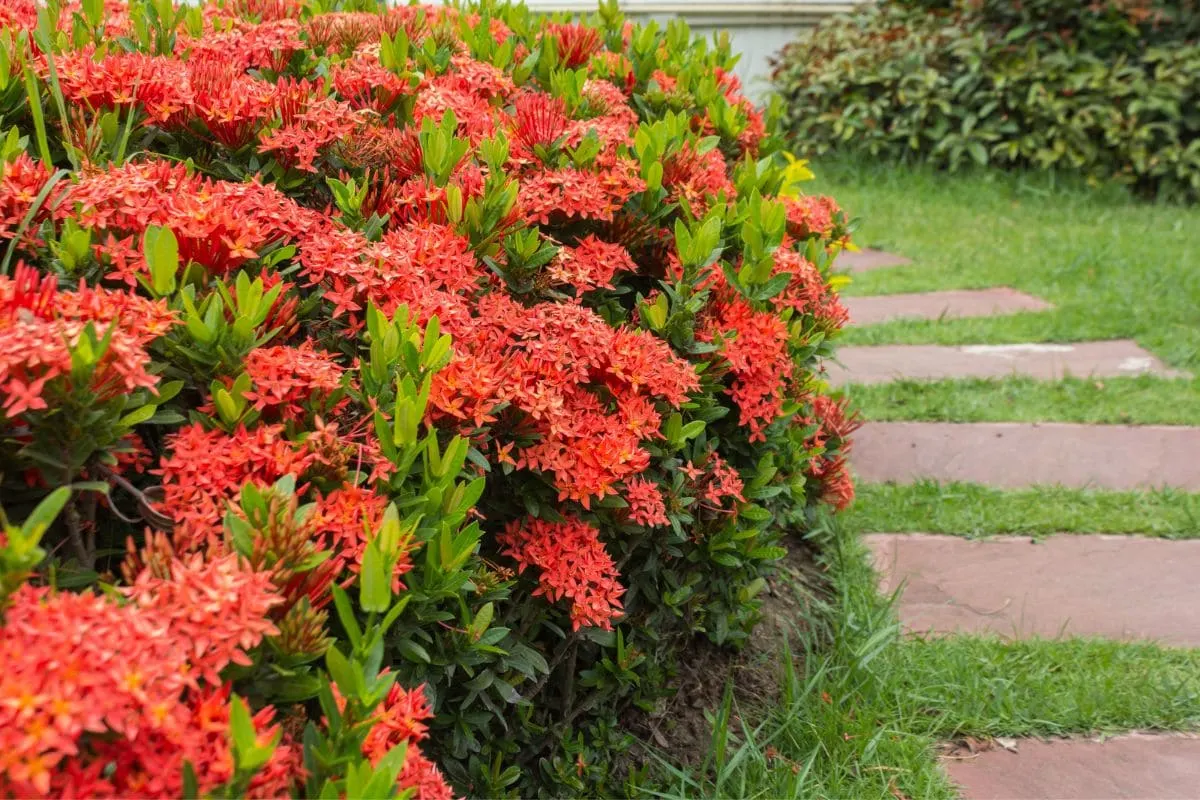
Tropical plants, with their exotic flair and vibrant blooms, are ill-suited for winter’s icy clutch. If you’re growing plants like hibiscus, bird of paradise, or bougainvillea, think of winter as a spa retreat for them.
Potted plants should be moved indoors before temperatures dip below 50°F (10°C), and given a warm, bright spot to hibernate in style.
For larger tropical plants in the ground, frost blankets or burlap are akin to a cozy winter coat. Mulch generously around the base to keep them snug—just enough heat for their roots to toast marshmallows by.
Indulging your tropical plants with such care ensures they greet spring with their bold, flamboyant selves, ready to wow your garden once more.
8. Summer Bulbs: The Hidden Gems
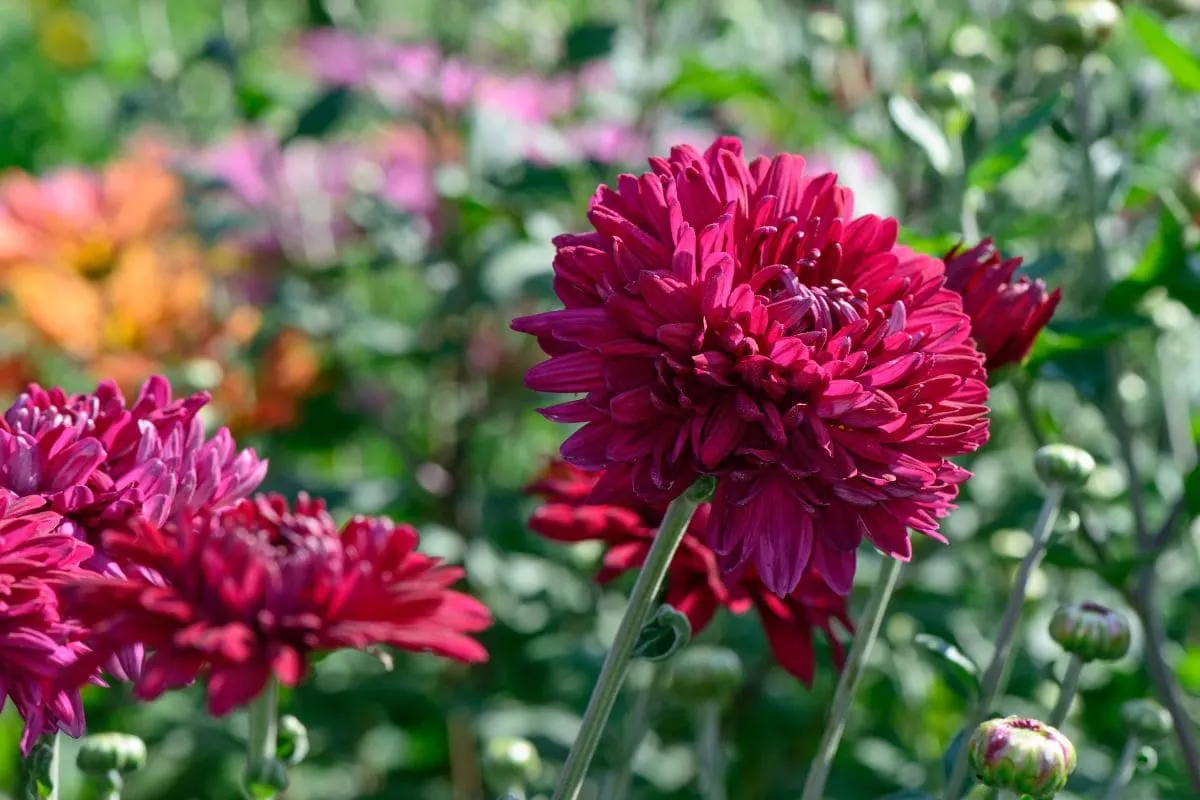
Finally, let’s talk about those summer bulbs that bring color when it’s needed most. Plants like dahlias, gladioli, begonias, and cannas require a bit of TLC before snow blankets your garden.
Dig them up post-frost, giving them a tender brushing to remove excess soil—no rough handling allowed here!
Allow these bulbs to dry and store them in a container filled with peat moss, sawdust, or vermiculite. Keep them cool, dry, and frost-free, checking periodically to remove any signs of rot. When spring returns, replant these colorful gems, setting the stage for another stunning display.
With these winterizing tips, you’ll transform your garden into a winter warrior, ready to face the cold head-on and emerge as a flourishing oasis when spring finally arrives. It’s a bit of effort, sure, but think of it as a love letter to your garden—a promise of beauty to come.

